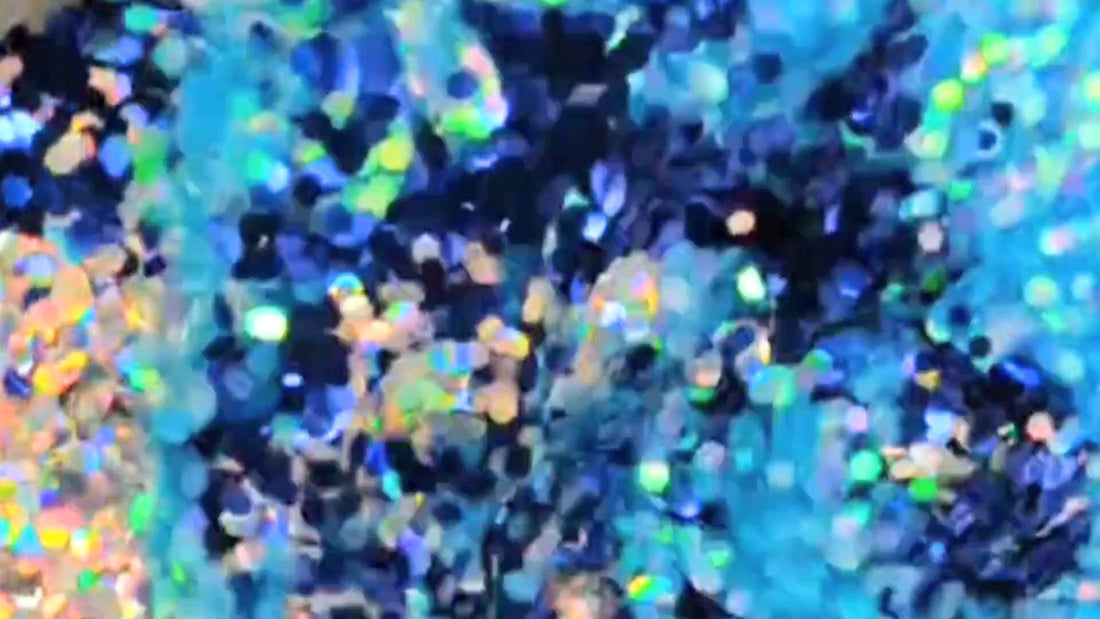
Is Glitter Bad for the Environment?
Share
Is Glitter Bad for the Environment?
Glitter has become an unavailable part of our lives, adding sparkle to everything from crafts to makeup to soap and bath products. But as we enjoy its glimmering effects, it's worth asking: is glitter bad for the environment?
The short answer is yes, glitter is bad for the environment. Most glitter is made from tiny pieces of plastic, known as microplastics. These microplastics pose a significant threat to our environment and wildlife.
How are glitter microplastics harmful?
When glitter is washed down the drain, it ultimately ends up in our waterways. These tiny particles are too small to be filtered out by wastewater treatment plants and make their way into our oceans, rivers, and lakes. Once in the water, they can be ingested by fish and other marine life, causing harm to their digestive systems and potentially entering the food chain.
In addition to harming wildlife, glitter also contributes to the global plastic pollution crisis. Microplastics like glitter can take hundreds of years to decompose, and even then, they break down into smaller and smaller particles, making them nearly impossible to remove from the environment.
How to avoid plastic glitter
But it's not all bad news. As awareness of the harmful effects of glitter grows, some companies are taking steps to create eco-friendly alternatives. Biodegradable glitter made from plant-based materials such as cellulose is becoming increasingly popular. These options still provide the same glittery effect without harming the environment.
So, what can you do to reduce the impact of glitter on the environment? The best option is to avoid using traditional glitter altogether and opt for biodegradable alternatives. If you must use traditional glitter, make sure to dispose of it properly by throwing it in the trash. Never wash it down the drain or flush it down the toilet.
While glitter may seem harmless, it's important to remember the impact it can have on the environment. By making small changes in our consumption habits, we can help reduce the amount of microplastics in our waterways and protect our planet's wildlife.
